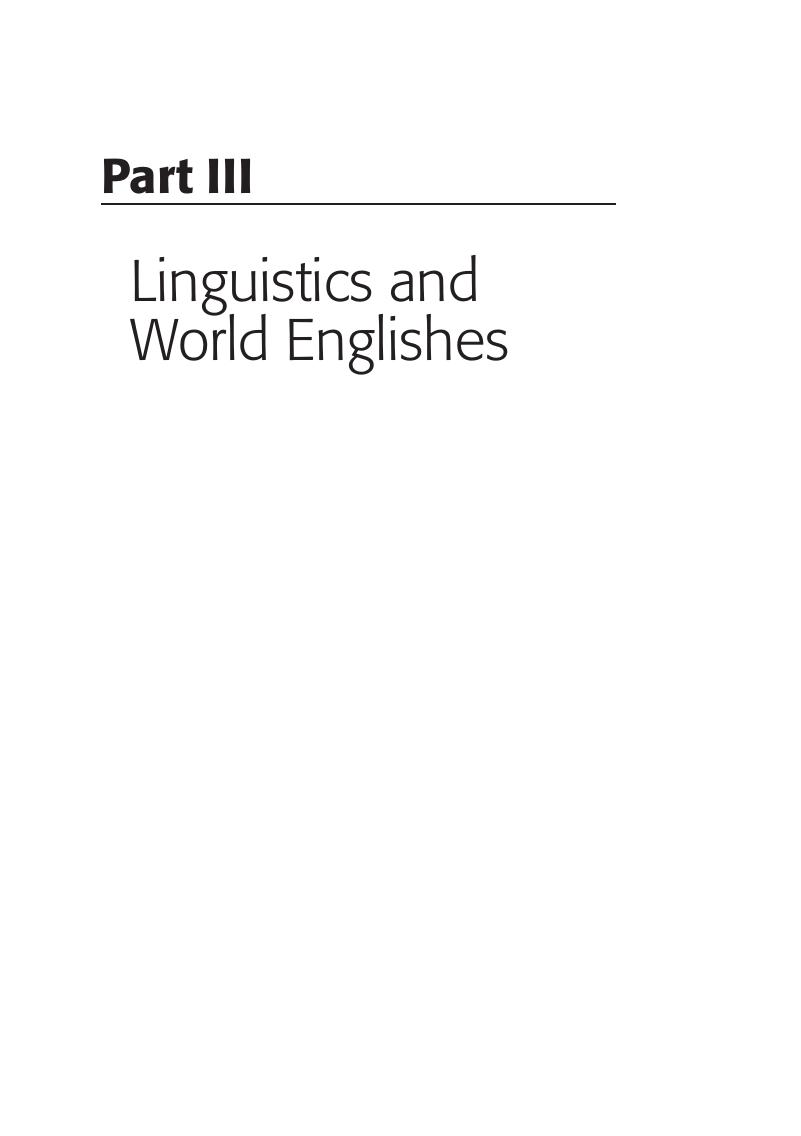Published online by Cambridge University Press: 16 December 2019

Australian Bureau of Statistics. Cultural Diversity in Australia, 2016. www.abs.gov.au/ausstats/[email protected]/Lookup/by%20Subject/2071.0~2016~Main%20Features%7ECultural%20Diversity%20Article~20
British Deaf Association. https://bda.org.uk
The Canadian Association of the Deaf-Association des Sourds du Canada. www.cad.ca
Central Statistics Office – An Phríomh-Oifig Staidrimh www.cso.ie/en/census/census2011reports/census2011thisisirelandpart1/
Deaf Sector Partnership. http://deafsectorpartnership.net/bsl-scotland-act/
Department of Education and Skills. 20-year Strategy for the Irish Language 2010 – 2030. www.education.ie/en/Publications/Policy-Reports/20-Year-Strategy-for-the-Irish-Language-2010–2030.pdf Accessed 24th June 2018.
Department for Education (2015). Statistics: Schools, pupils and their characteristics: January 2015. www.gov.uk/government/collections/statistics-school-and-pupil-numbers
Department for Education (2015). Statistics: Schools, pupils and their characteristics: January 2017. www.gov.uk/government/statistics/schools-pupils-and-their-characteristics-january-2017 Accessed 1st October 2017
Ethnologue: Languages of the World. www.ethnologue.com
European Commission Eurostat. http://ec.europa.eu/eurostat
Government of Canada. 2016 Annual Report to Parliament on Immigration. www.cic.gc.ca/english/resources/publications/annual-report-2016/index.asp#s4.3
Isle of Man Census Report 2011. www.gov.im/media/207882/census2011reportfinalresized_1_.pdf
The Migration Observatory. www.migrationobservatory.ox.ac.uk
New Zealand Census statistics www.stats.govt.nz/Census/2013-census/profile-and…/quickstats…/languages.aspx
Office for National Statistics. www.ons.gov.uk/
Omniglot www.omniglot.com
Scotland’s Census www.scotlandscensus.gov.uk/
Scottish Government British Sign Language (BSL) National Plan 2017–2023 www.gov.scot/Resource/0052/00526382.pdf
Statistics Canada www12.statcan.gc.ca/census-recensement/2016/dp-pd/hlt-fst/lang/Table.cfm?Lang=E&T=11&Geo=00
Statistics Canada. Linguistic Diversity and Multilingualism in Canadian homes. www12.statcan.gc.ca/census-recensement/2016/as-sa/98–200-x/2016010/98–200-x2016010-eng.cfm
Statistics for Wales – ystadegau ar gyfer cymru. http://gov.wales/docs/statistics/2012/121211sb1182012en.pdf
Stats NZ. 2013 Census Quickstats about culture and identity. www.stats.govt.nz/Census/2013-census/profile-and-summary-reports/quickstats-culture-identity/birthplace.aspx
United States Census Bureau www.census.gov/data/tables/2013/demo/2009–2013-lang-tables.html
= Australian Corpus of English (Written Australian English, 1986)
= Web-derived 2006 Brown Corpus (Written American English, 2006)
= A Representative Corpus of Historical English Registers [www.helsinki.fi/varieng/CoRD/corpora/ARCHER/updated%20version/background.html#history]
= Before Brown Corpus (Written American English, 1930s)
= Web-derived 2006 LOB Corpus (Written British English, 2006)
= Before LOB Corpus (Written British English, 1930s)
= British National Corpus (Spoken and Written British English, 1991–1994; 2014) [www.natcorp.ox.ac.uk]
= Brown Corpus (Written American English, 1961)
= Corpus of Early New Zealand English (see Hundt 2012)
= Corpus of Late Modern English Texts [www.helsinki.fi/varieng/CoRD/corpora/CLMETEV/index.html]
= Corpus of Historical American English [https://corpus.byu.edu/coha/]
= Corpus of Early Ontario English (see Dollinger 2005)
= Corpus of Oz Early English (see Fritz 2007)
= Corpus of Irish English Correspondence (see McCafferty & Amador-Moreno 2012)
= Freiburg Brown Corpus (Written American English, 1992)
= Freiburg LOB Corpus (Written British English, 1991)
= Corpus of Global Web-based English (web-based corpus of World Englishes, approximately 1.9 million words) [www.english-corpora.org/glowbe/]
= International Corpus of English [www.ice-corpora.uzh.ch]
= International Corpus of Learner English (Corpus of argumentative essays from university learners of English as a foreign language, with various first language backgrounds) [https://uclouvain.be/en/research-institutes/ilc/cecl/icle.html]
= The Kolhapur Corpus of Indian English (Written Indian English, 1978)
= Louvain International Database of Spoken English Interlanguage (Spoken learner interview data, various first languages) [https://uclouvain.be/en/research-institutes/ilc/cecl/lindsei.html]
= London-Oslo-Bergen Corpus (Written British English, 1961)
= News on the Web (web-based monitor corpus of newspaper archives from twenty countries; since 2010) [www.english-corpora.org/now/]
= Strathy Corpus of Canadian English (spoken and written Canadian English, 50 million words; data from the early 1980s until 2010; available at BYU) [www.queensu.ca/strathy/corpus]
= Wellington Corpus of Written New Zealand English (Written New Zealand English, 1986)
To save this book to your Kindle, first ensure [email protected] is added to your Approved Personal Document E-mail List under your Personal Document Settings on the Manage Your Content and Devices page of your Amazon account. Then enter the ‘name’ part of your Kindle email address below. Find out more about saving to your Kindle.
Note you can select to save to either the @free.kindle.com or @kindle.com variations. ‘@free.kindle.com’ emails are free but can only be saved to your device when it is connected to wi-fi. ‘@kindle.com’ emails can be delivered even when you are not connected to wi-fi, but note that service fees apply.
Find out more about the Kindle Personal Document Service.
To save content items to your account, please confirm that you agree to abide by our usage policies. If this is the first time you use this feature, you will be asked to authorise Cambridge Core to connect with your account. Find out more about saving content to Dropbox.
To save content items to your account, please confirm that you agree to abide by our usage policies. If this is the first time you use this feature, you will be asked to authorise Cambridge Core to connect with your account. Find out more about saving content to Google Drive.